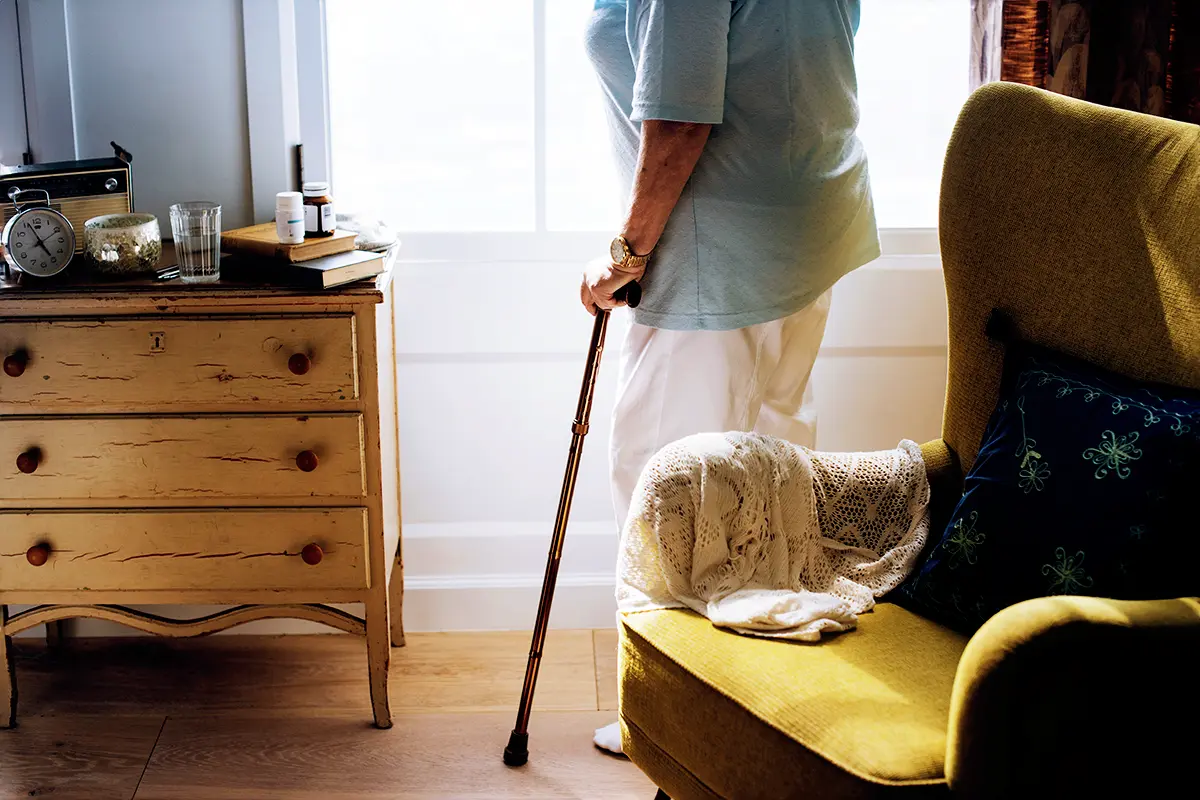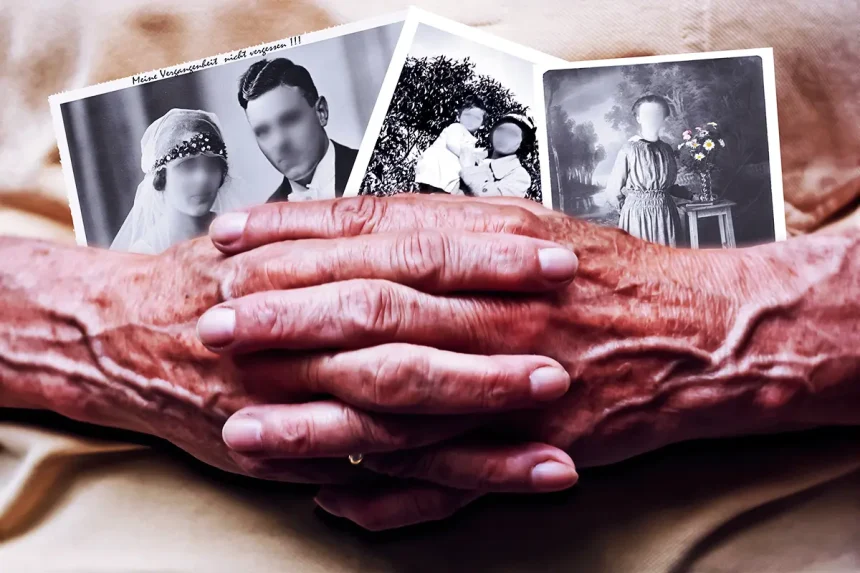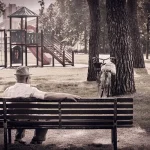It’s 2:00 AM, and 78-year-old Margaret is fast asleep in her bedroom. Suddenly, she wakes up, disoriented and thirsty. As she fumbles for her glasses and attempts to stand, her foot catches on the edge of the rug. In an instant, Margaret finds herself on the floor, unable to move, with no way to call for help.
- Understanding the Importance of Fall Detection and Prevention
- Key Engineering Challenges in Developing Effective Systems
- Designing User-Friendly and Unobtrusive Solutions
- Innovative Approaches to Fall Prevention
- Overcoming Barriers to Adoption
- The Future of Fall Detection and Prevention Technology
- Navigating the Future of Fall Detection and Prevention
Now, rewind that scenario. This time, as Margaret falls, a small device on her wrist instantly detects the sudden movement and impact. Within seconds, an alert is sent to her daughter’s phone and the local emergency services. Help is on the way before Margaret can even process what’s happened.
This isn’t science fiction. It’s the reality of modern fall detection systems, a technology that’s rapidly changing the landscape of senior care and independence. But here’s the twist: creating these systems is far more complex than simply strapping a glorified motion sensor to someone’s wrist.
Overview
- Falls pose a significant threat to the health and independence of older adults
- Fall detection systems combine sensors, algorithms, and communication technology to provide rapid assistance
- Key challenges include accuracy, usability, privacy concerns, and integration with existing healthcare systems
- Innovative approaches are moving beyond detection to proactive prevention and risk assessment
- The future of fall detection technology promises more personalized, integrated, and AI-driven solutions















